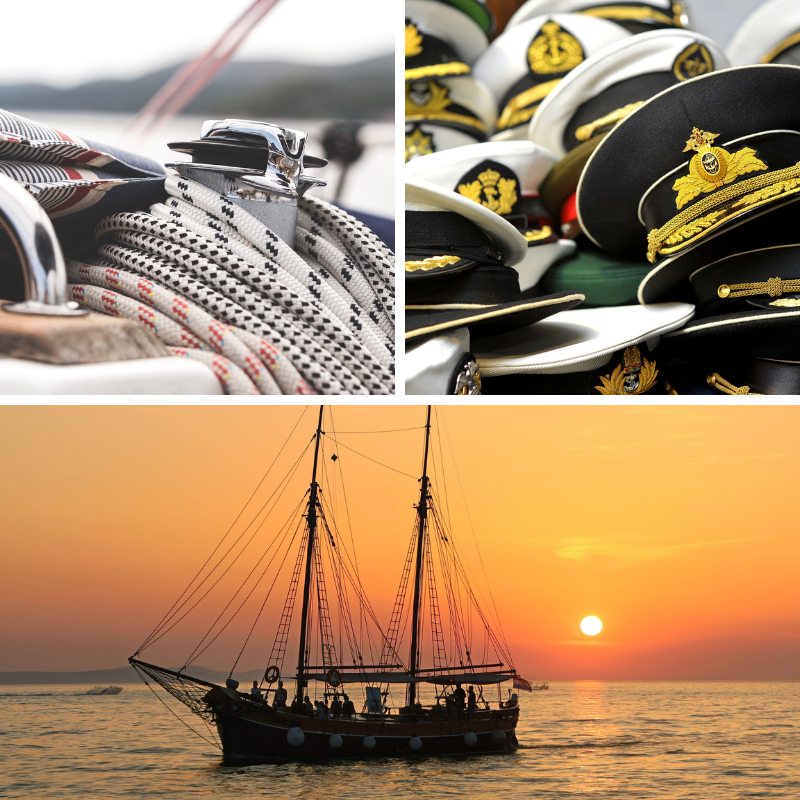Custom Fabricated Lifting Services Readily Available

Lifting services is pretty much an essential service for a lot of industries with heavy item movement. Many shipping companies will find itself needing such lifting services. Lifting super heavy items can be dangerous. However, it’s more dangerous that you use the wrong lifting gears when transporting large loads.
TKR Engineering is here to provide you with the relevant and correct lifting services. Our wire rope slings are tested foolproof. It is able to lift twice the safe working load limit upon fabrication. Our lifting services is certifiable through a quality control system. Those met the ISO standards for lifting equipment. Among the machines used are clamping machines and test benches.
Lifting Gear Supply
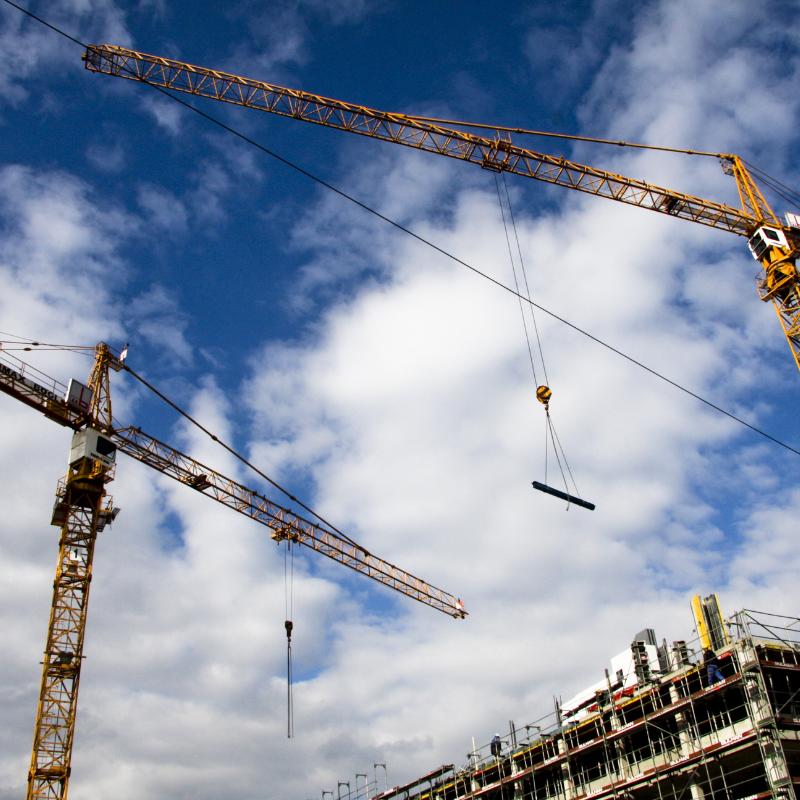
We provide several kinds of lifting gear supplies. Here are some of the varieties we offer.
Wire Rope Sling
Wire rope sling is perhaps a common lifting entity found across many, if not all lifting service companies. Slings often use wire ropes because of its strength, durability, abrasion resistance. Also, for its ability to conform to the shape of the loads people use it for. In addition, wire rope slings are able to lift hot items.
Wire rope slings can be made of ropes with either Independent Wire Rope Core (IWRC) or a fibre-core. You should know that a fibre-core sling is usually more flexible. However, it is less impervious to environmental damage. Contrarywise, a core that is made of a wire rope strand tends to have superior strength. They are more resistant to heat damage.
Wire rope may be factory-made using different rope lays. The lay of a wire rope describes the direction the wires and strands are twisted during the building of the rope. Most wire rope is right lay or regular lay. This type of rope has the broadest range of applications. Wire rope slings may be factory-made. Other wire rope lays at the recommendation of the sling manufacturer or a capable person.
Wire rope slings are made from numerous grades of wire rope. However, the most common grades in use are Extra Improved Plow Steel (EIPS) and Extra Extra Improved Plow Steel (EEIPS). These wire ropes are manufactured and tested in unity with ASTM guidelines. If other grades of wire rope are perused, use them in agreement with the manufacturer’s recommendations and guidance.
When selecting a wire rope sling to give the best service, consider four characteristics. They are: strength, ability to bend without distortion, ability to withstand abrasive wear, and ability to withstand abuse.
Other Common Lifting Gear Supply
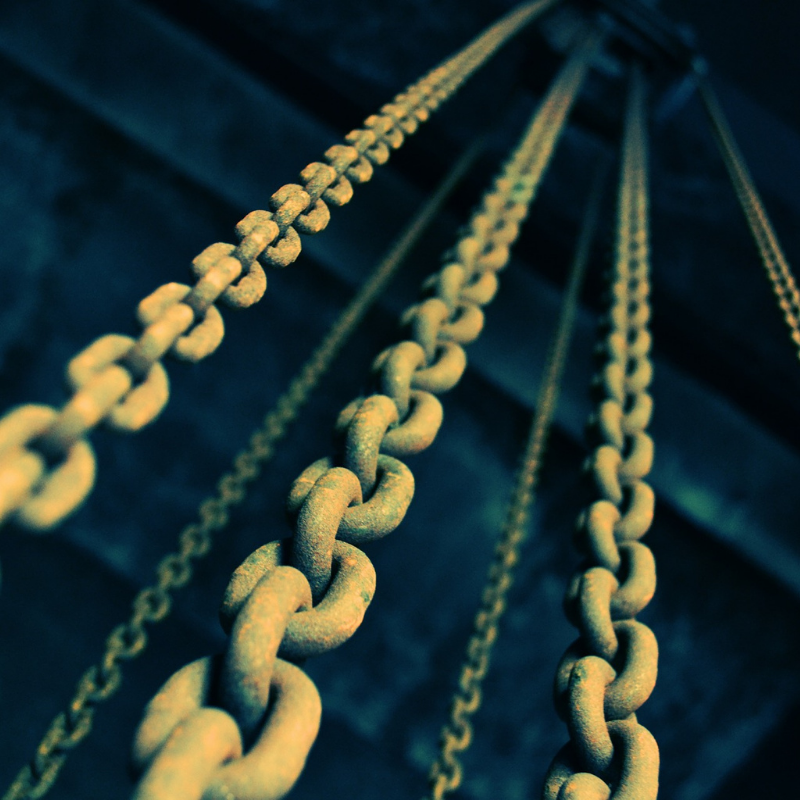
Besides providing wire rope slings, we also supply a comprehensive range of high-quality lifting equipment to fit every imaginable purpose. Most of our product are available for buying such as:
Webbing Sling: Webbing slings are usually made of polyester. They are made to lift heavy loads. Many polyester webbing slings are suitable to lift loads from 0 tonnes to 6 tonnes. Webbing slings are flexible, lightweight and have a wide bearing surface. Which is good because it helps protect the load you are lifting. Webbing slings are the most popular variety of slings. Their stretchy characteristics help reduce shock loading problems.
Masterlink: Also known as a masterlink or masterlink assembly. A masterlink are usually used as end piece on a sling or to amass a 2, 3 or 4-leg sling construction.
Chain Blocks: Chain block is a device used to lift and lower heavy loads using a chain. Chain blocks contain 2 wheels which the chain is coiled around. When the chain is pulled, it winds around the wheels and begins to lift the element that is attached to the rope or chain. They did it by using a hook. Chain Blocks can also be attached to lifting slings or chain bags to boost the load more evenly.
Level Blocks: A levelling block is like a mini ramp for your tires to take a breather. Most are stereotypically made of plastic. Many are intended to stack up and connect with each other to form a graduated series of flat surfaces for parking a tire. Some people use wood or concrete blocks for levelling. However, both are porous materials that can break when they come in contact with moisture. Furthermore, plastic blocks are often easier to store, clean, and carry.
We also provide chains, thimbles, ferrule, shackles and many other lifting aids.
Testing and Inspection

Lifting equipment means nothing without testing and inspection. Safe and successful lifting operations mostly depend on the safety of lifting equipment used. Non-destructive test (NDT) and load test can be done on containers, equipment and structure.
Conclusion
The bottom line is that we do indeed provide custom fabricated lifting services. In conclusion, we provide custom fabricated lifting services to whoever needs it. We made sure that the custom fabricated lifting services ropes we made are thoroughly tested for safety. Should you ever need custom lifting services, feel free to give us a call.
Articles That May Interest You
Marine and Offshore Safety With TKR Engineering



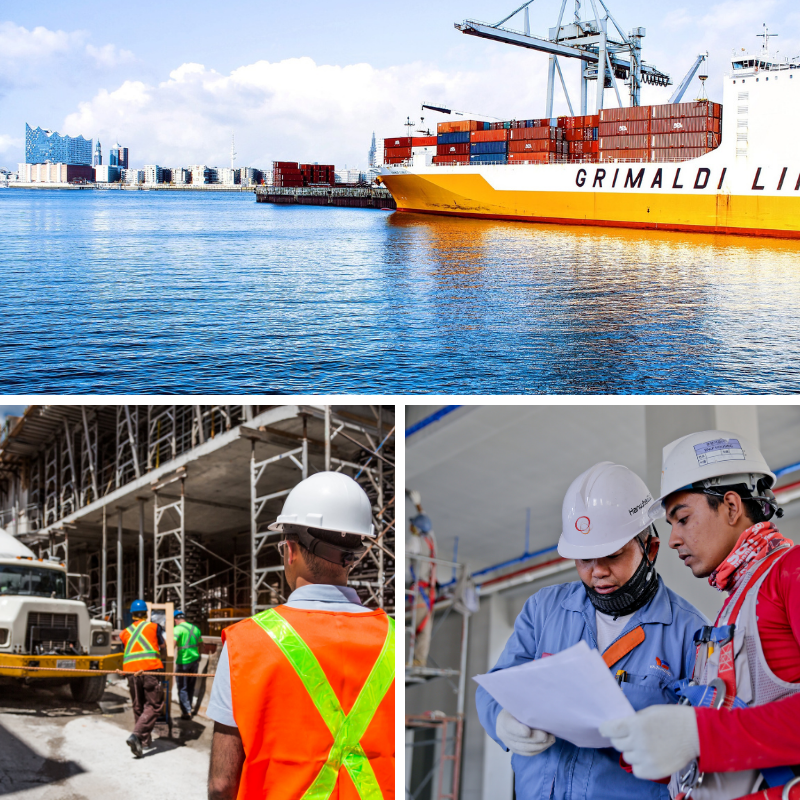



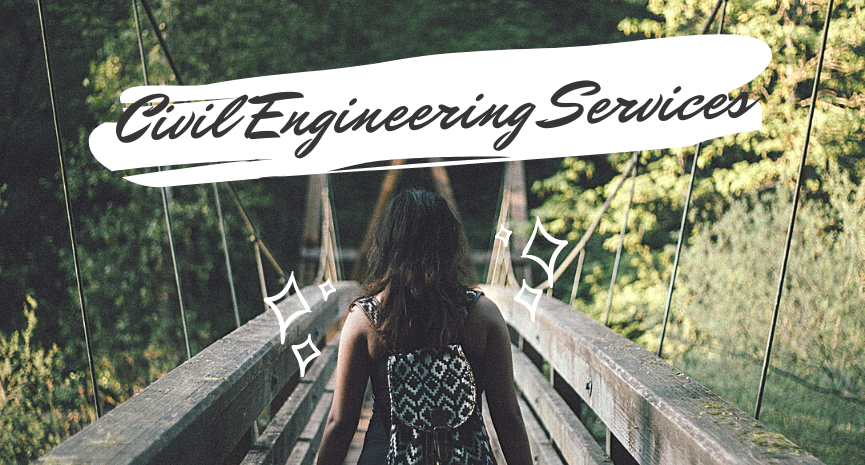
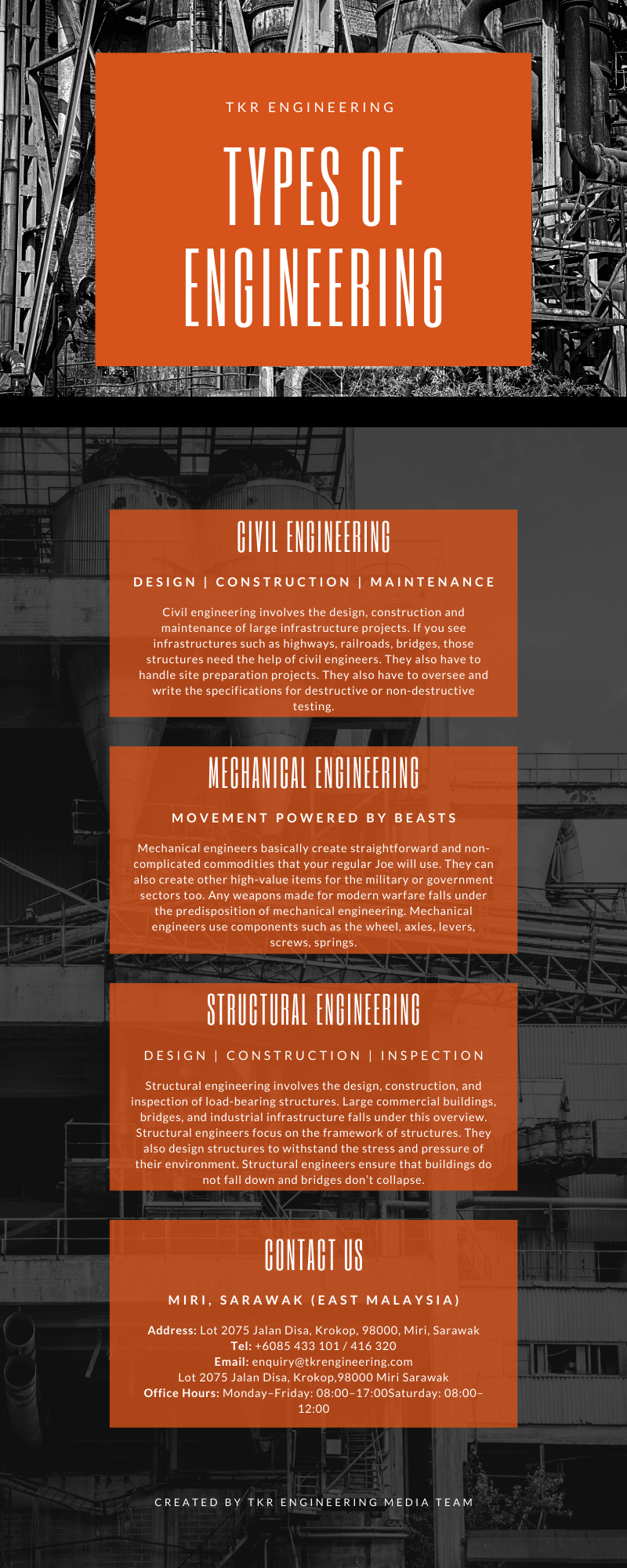
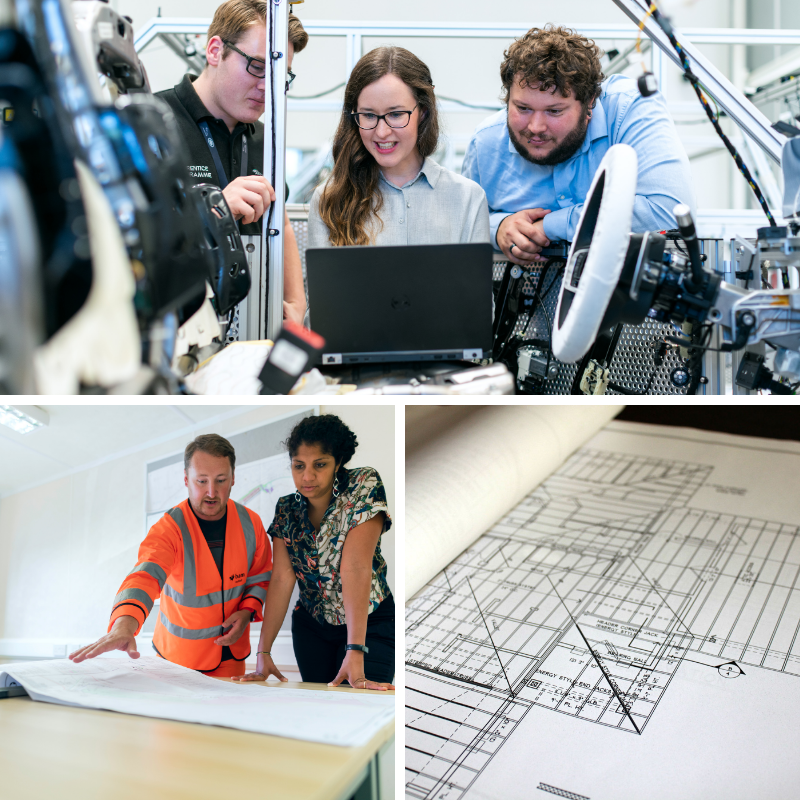

![[INFOGRAPHICS] Types of Engineering](https://tkrengineering.com/wp-content/uploads/2020/10/INFOGRAPHICS.png)

